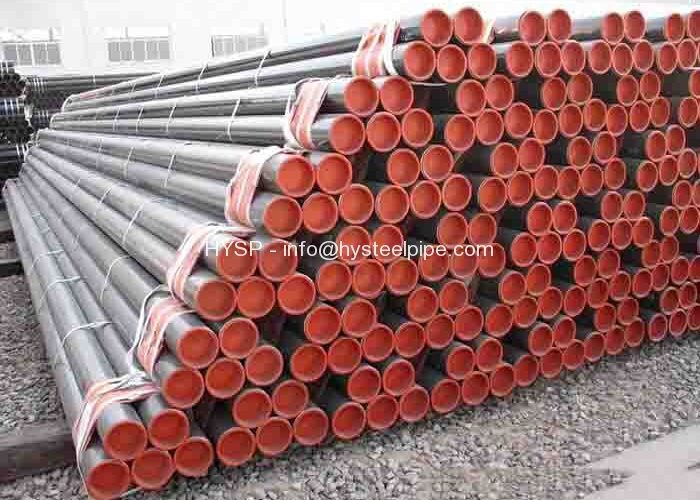The Technical Agreement defines basic parameters of design, construction and operation of the Power of Siberia gas trunkline’s cross-border section
Gazprom and CNPC ink Power of Siberia technical agreement
“As of today, all the necessary documents on gas supplies to China have been signed, including the Intergovernmental Agreement. The construction of Power of Siberia is in full swing. We have a particular plan and specific deadlines to be met without fail,” said Alexey Miller, Gazprom chairman of the management committee.
The document contains the main technical and technological features of conveying gas from seller to buyer.
The agreement was signed at the Kremlin between Miller and Wang Dongjin, vice-president of CNPC.
Yesterday, the Russian and Chinese governments signed an intergovernmental agreement to develop further energy integration between the two nations.
Also, a new agreement to develop an addition 30 billion cubic metre gas transmission network, the Western Route pipeline, that will originate in the Altai Mountains region is being prepared by Gazprom and CNPC.
On May 21, 2014 Gazprom and CNPC signed the purchase and sale agreement for the Russian pipeline gas supply to China. The 30-year contract stipulates gas supplies in the amount of 38 billion cubic metres of gas per year.
CNPC received government approval of its construction plans last week and the first stage of construction of the Russian section was launched by Gazprom on 2 September.
The immense gas fields of Russia’s East will mainly feed Power of Siberia. The aggregate gas reserves (C1 and C2) of the Chayandinskoye and Kovyktinskoye fields amount to some 3.95 trillion cubic metres. Such reserves will allow producing 60 billion cubic metres of gas per year, which is comparable with the amount of natural gas consumed by a big European country like Italy.
The gas deposit pre-development in the Chayandinskoye field will start in 2015; Gazprom will start gas production in the end of 2018. It is here where for the first time in Russia the membrane helium separation technology will be commercially applied right on the spot. This technology will make it possible to convey the required amount of helium into the gas pipeline.
Along with gas transmission and production facilities, Gazprom is going to build ones for processing multicomponent gas from the eastern fields. The first train of the Amur Gas Processing Plant to strip valuable components (helium and ethane, for instance) from natural gas will be commissioned in 2018 near Svobodny.
The areas of Power of Siberia’s routing feature complex geological and climatic conditions. Therefore, it requires reliable and efficient design concepts, energy-saving technologies and state-of-the-art line pipe monitoring systems. Among such applications are home-manufactured longitudinally welded pipes made of cold resistant steel K60 with external anti-corrosion and smooth internal coating, 1,420 millimetres in diameter and 21.7 millimetres of wall thickness, designed for 100 Ata operating pressure. In the areas of tectonic faults and intense seismic activity higher than eight points the GTS will be made of high strength pipes.
In late July 2014 first pipes were delivered to Yakutia to build Power of Siberia’s section from the Chayandinskoye field to Lensk. Over 120 thousand tons of pipes will be delivered in 2014. Between 2014 and 2018 the project will need more than 1,700 million tons of pipes.
Source: http://www.oilandgastechnology.net/
Send Enquiry Now
- 168#, Miao Qian Xi Jie, Yue Xiu District, Guangzhou, China
- ENQUIRY@HYSTEELPIPE.COM
- CONTACT US HERE !
New Products

ASTM A335 Grade P22 Alloy Pipe Steel 3inch SCH120
HYSP supplies high quality ASTM A335 Grade P22 Alloy Pipe Steel and tube 3inch SCH120 for high pressure and temperature applications.
ERW Steel Tubing 12inch ASTM A53 B
HYSP Steel Pipe supply you ERW Steel Tubing 12inch ASTM A53 B SCH40 or API 5L ERW steel pipes for your gas and oil line pipe or water pipes application.
API 5L B ERW Steel Tube OD 426MM
HYSP makes API 5L B ERW Steel Tube OD 426mm x 9.53mm WT DRL for your applications like gas and oil line pipe. we can customize size and steel grade per request.
L235 ERW Pipe EN10224 OD 323.9mm
HYSP steel pipe makes L235 ERW Pipe EN10224 OD323.9mm steel tubes for the conveyance of water and other aqueous liquids. we also produce as required size.
